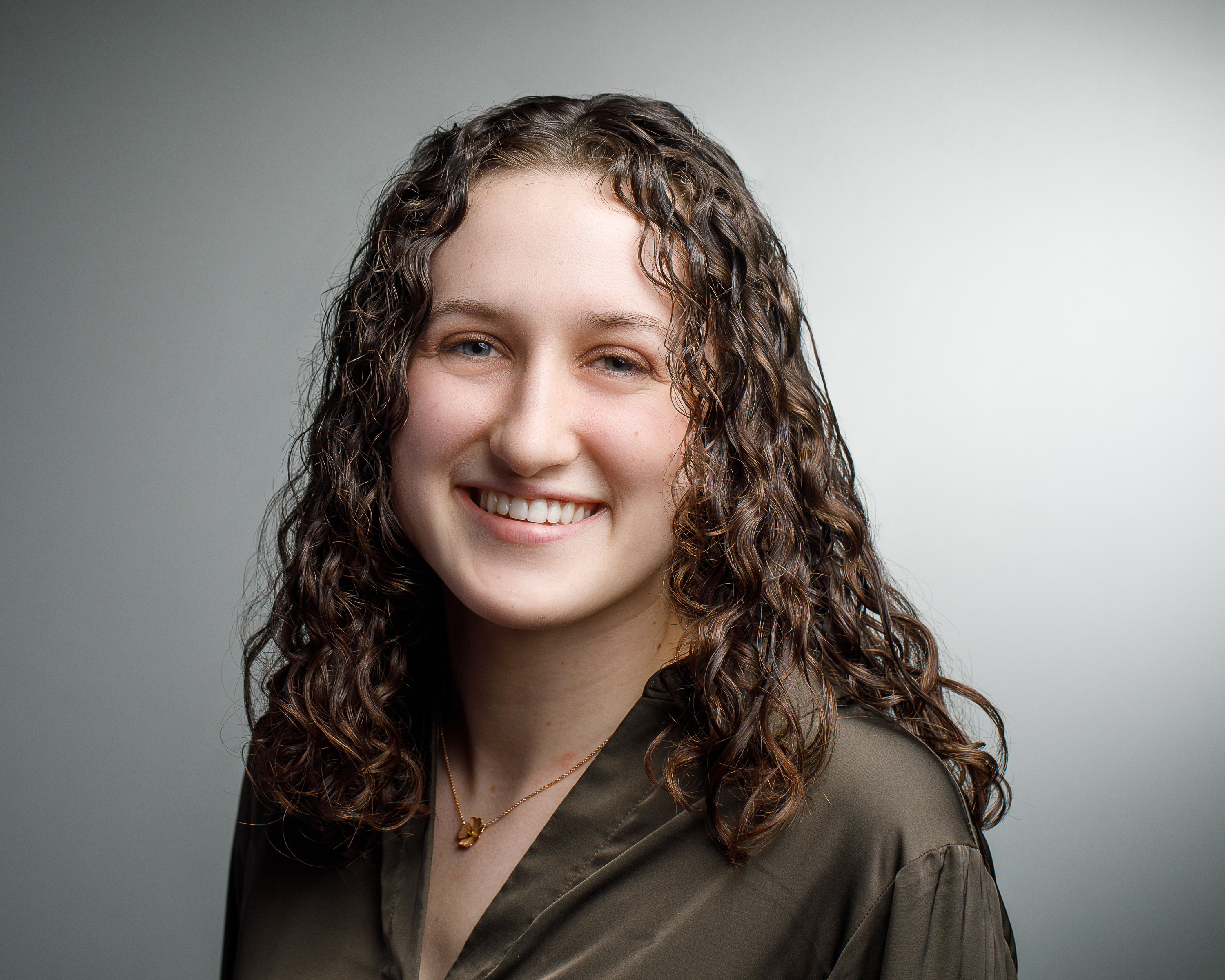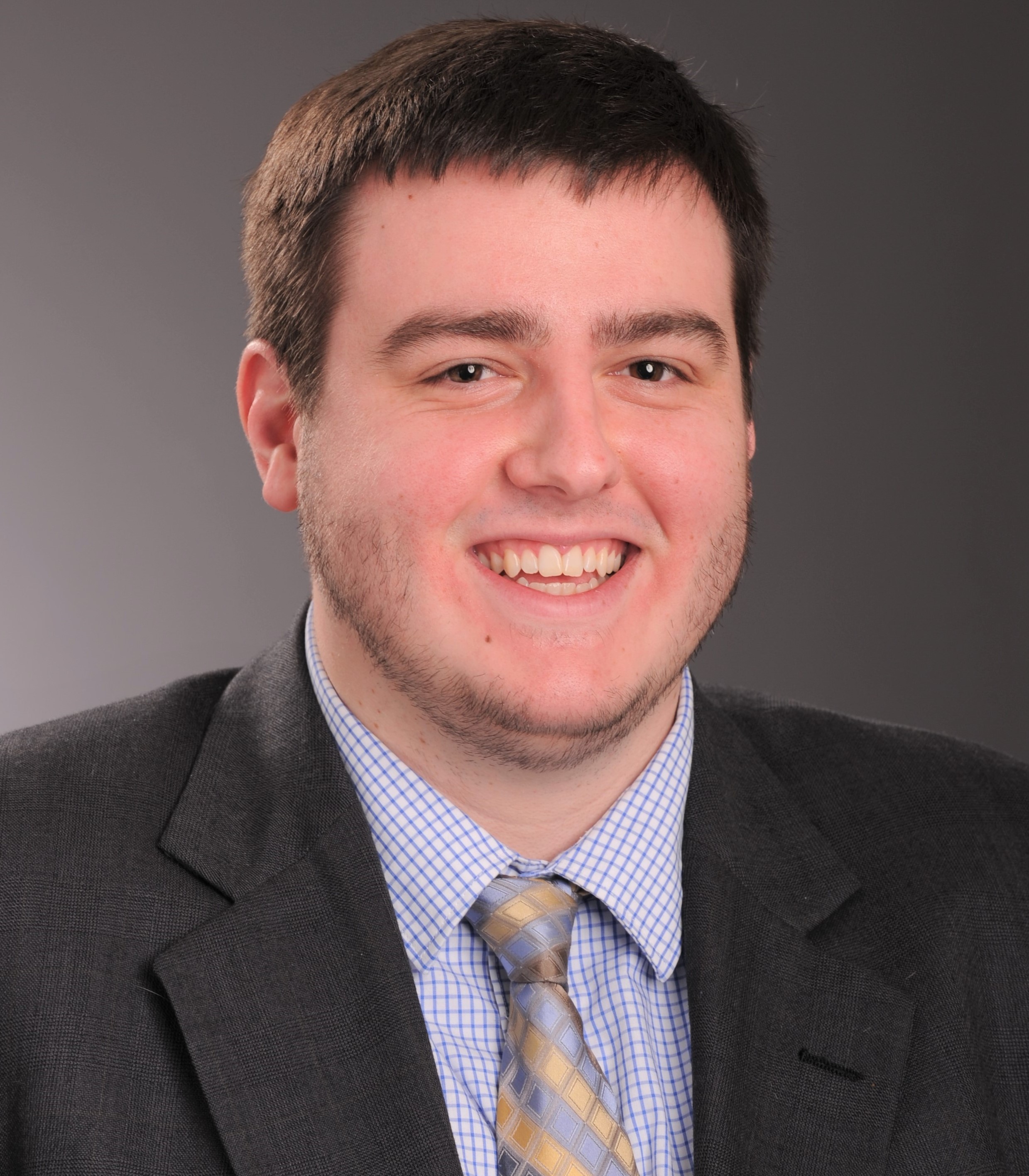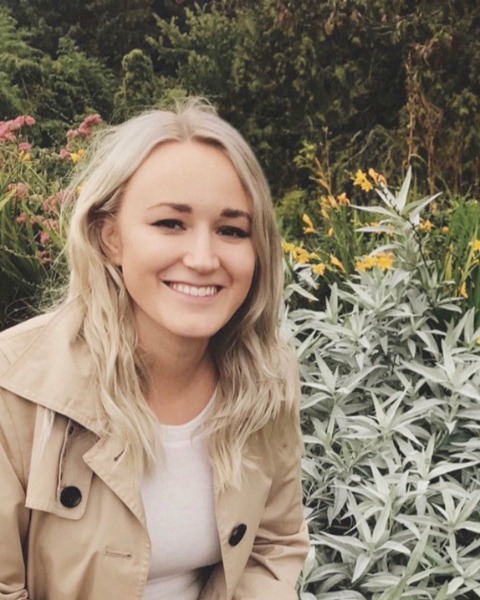Parenting / Families
(PS12-35) Parental Accommodation: Predictors in the College Context

Emily K. Juel, B.S.
Graduate Student
University of North Carolina at Chapel Hill
Chapel Hill, North Carolina, United States
Joseph B. Friedman, B.A.
Clinical Psychology Ph.D. Student
University of North Carolina at Chapel Hill
Chapel Hill, North Carolina, United States
Nicholas S. Myers, M.A.
Graduate Student
University of North Carolina at Chapel Hill
Chapel Hill, North Carolina, United States
Heidi J. Ojalehto, M.A.
Doctoral Student
University of North Carolina at Chapel Hill
Durham, North Carolina, United States- MT
Maya E. Tadross, B.S.
Study Coordinator
UNC Chapel Hill
Chapel Hill, North Carolina, United States 
Chase M. DuBois, B.A.
Research Assistant
University of North Carolina at Chapel Hill
Chapel Hill, North Carolina, United States
Jonathan S. Abramowitz, Ph.D.
Professor of Psychology
University of North Carolina at Chapel Hill
Chapel Hill, North Carolina, United States
Author(s)
Co-Author(s)
Parental accommodation of children’s fear and anxiety can be observed into the college years. For example, parents may feel responsible for answering reassurance-seeking questions via text or phone calls, and initiating contact with professors to minimize their child’s stress. The majority of research on parental accommodation draws from studies of children and adolescents under the age of 18 with relatively few investigations focused on the accommodation of adult patients. Given that parent behaviors play a unique role in the development and facilitation of their children’s emotional regulation capacity across situations, it is important to more carefully examine parental accommodation into early adulthood. Accordingly, the present study addressed predictors of parental accommodation among parents of college students. We examined a series of parent factors identified in previous studies as potential predictors of accommodation, including: general anxiety, anxiety sensitivity (e.g., “It scares me when my heart beats rapidly”), parental beliefs about anxiety (e.g., “My child should not have to feel afraid”), and parental stress (e.g., “A major source of stress in my life is my child”). We predicted that all of these variables would be associated with greater parental accommodation, and that parenting beliefs would predict accommodation over and above the other parent factors.
Participants were 386 parents (96.6% female; Mage = 52.33 years, SD = 4.50) of college students recruited from various Facebook groups for parents of children at colleges and universities across the United States. Parents completed demographic measures about their children (64% female; Mage = 20.19 years, SD = 2.67), and then completed an electronic questionnaire that included the following self-report measures: Family Accommodation Scale-Anxiety (FASA), Generalized Anxiety Disorder Questionnaire (GAD-7), Anxiety Sensitivity Index (ASI-3), Parental Beliefs About Anxiety Scale (PBA) and Parental Stress Scale (PSS).
Consistent with our hypothesis, zero-order correlations indicated significant positive relationships with our predictor variables and accommodation. In step one of a hierarchical multiple regression analysis, the GAD-7 and ASI-3 significantly predicted accommodation, F(2,383) = 28.87, p < .001, R2 = .126. In step two, the PBA and PSS added significantly to the model, ΔR2 = .063, p < .001, and the final model explained 18.6% of the variance, F(4,381) = 22.94, p < .001, R2 = .186. Moreover, the GAD-7 and PBA emerged as significant unique predictors in the final model.
Our results highlight parent factors as predictors of accommodation among parents of college students, and further suggests that accommodation plays a role in parent-child relationships even without the parent and child living in the same household. These findings have potential to identify and inform adaptive approaches in parents' anxiety and parenting beliefs to reduce accommodation and encourage independent coping skills. Limitations include the cross-sectional nature of the data, and potential sampling bias. Future research may include the participation of both parents and young adult college students, and use clinical samples.

.png)
